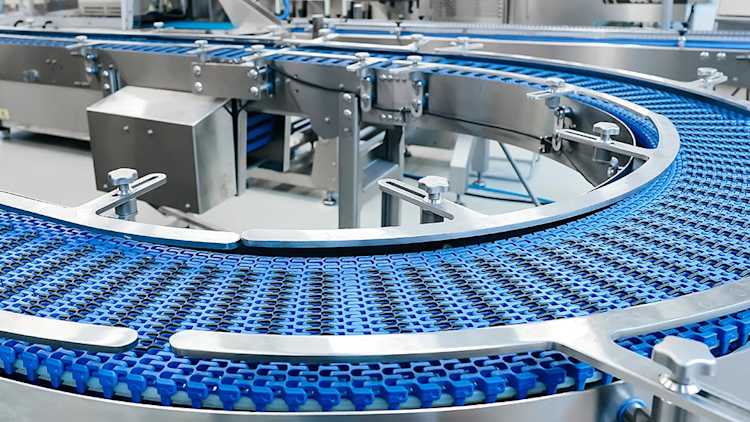Six ways to grow your business at a manageable pace

The correct timing combined with the right business structures in place for managing growth will help you move toward success in your food and beverage processing business.
We’ve all heard the story: A successful business decides it’s time to grow. Rapid expansion spreads the company too thin, and in the end, the venture ends up closing down.
Growth for growth’s sake isn’t a business plan.Growth for growth’s sake isn’t a business plan, and everyone wants to avoid growing too big or fast. The correct timing combined with the right business structures in place for managing growth will help you move toward success in your food and beverage processing business.
Here are six ways to grow your business at a manageable pace:
1. Listen to customers
Are customers asking for more of your product? If they are consistently asking for more, consider taking the next steps.
Marlowe Glassford, an FCC senior relationship manager, commercial says market demand is a subtle pull, which is a far better growth position than pushing your product on the market. It's a good sign when processors are hearing a demand and seeing a trend.
“You’ve already got the fundamentals,” Glassford says. “It’s not like you have to start from scratch; if it’s good, you can keep growing.”
Graham Smyth, also an FCC senior relationship manager, commercial says it’s important to understand the food and beverage landscape and the company’s position in it. Are you a newcomer in an already popular product market, a solid part of the food processing scene in your category or somewhere in the middle? Your position can help identify if there’s market demand and consumer acceptance of the product before adding more production lines or expanding into new markets.
Cherry-pick the best-performing SKUs - think five or six rather than 12 or 15 – to grow into a new market. Start small to test the waters rather than put all the resources into growth only to find out it’s not the right time, Glassford says.
2. Stability leads to growth
Stability is a good predictor of readiness and ability to grow. This includes financial stability, infrastructure, ingredient availability, and customized processes to support growth.
“We like to see financial stability, the product being in demand, and, at the backend of all of that, the supply chain management aspect,” Smyth says.
Consider how to improve production efficiency to bring stability. Robotics on the processing line or artificial intelligence to create time savings through predictive analytics, streamlined production, and administrative processes may be considerations.
Stability also means sticking to what you know, Glassford says. There may be a market trend to fill, but that doesn’t mean you should run to fill it if it’s counter to your existing food or beverage products, persona and structure.
“If the market is right for what you have, it’s not a bad time to start moving out,” Smyth adds. “Look at the actual market trends. What are the buzz items at the moment that would be associated with a company that wants to expand?”
3. Keep projections realistic
Practice may make perfect, but in expansion, realistic projections manage the pace of growth. Projections that line up with historical performance help identify possibilities and pitfalls. Don’t be overly moderate. Use low to high sales ranges, including challenges such as increased ingredients or transportation costs.
4. Labour and infrastructure, of love
Labour is expected to remain a challenge. Food and beverage processors eyeing growth should consider ways to reduce reliance on labour while also considering how to retain good labour. This goes for planning for growth stages or staying the course.
Make sure your infrastructure is in place, too. Do you have the capacity to ramp up production or add another product?
“If you go out and get the contract with the big company but can’t fulfill it, it’s turning the dream into a nightmare,” Glassford says. “You have to make sure you have staff and infrastructure to scale up.”
5. Watch the details
Food safety practices, supplier relationships that allow consistency, knowledge of regulatory requirements, traceability, and transparency are important to consider and map out for realistic expansion planning and identifying times when growth should wait.
6. Bring in help
Consultants can help you consider and plan for various scenarios – what to do when growth soars and what to do when it flounders. From your payroll manager and corporate consultant who provides specific business advice to financial and legal advisors and trusted friends and family members with whom you can relax during downtime, a reliable, strong team is key to your business growth.
Learn more
Listen to consumers: Food product development using social listening
Bring in help: Who's on your team? How outside advisors can boost your business
Get the big picture: 2024 FCC Food and Beverage Report

